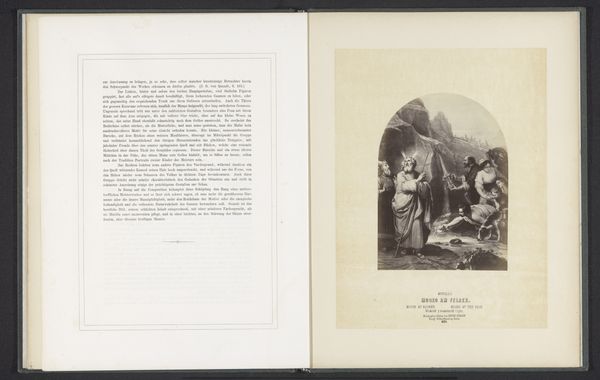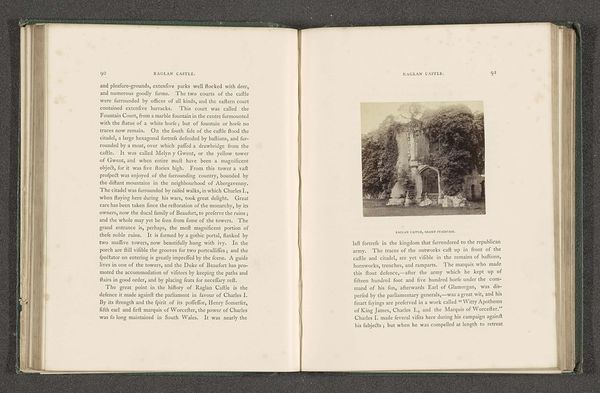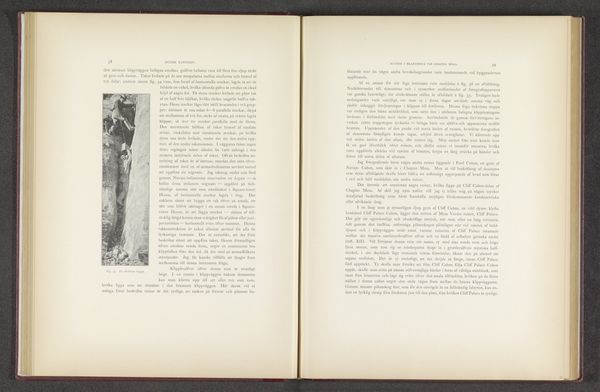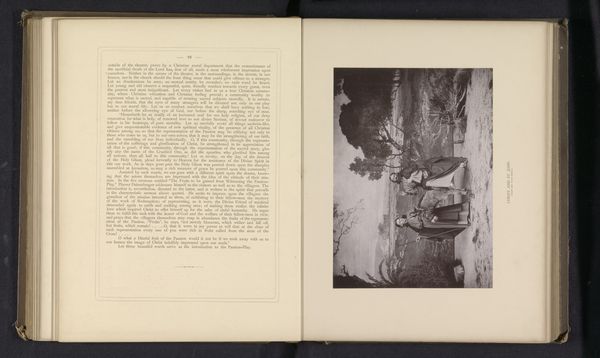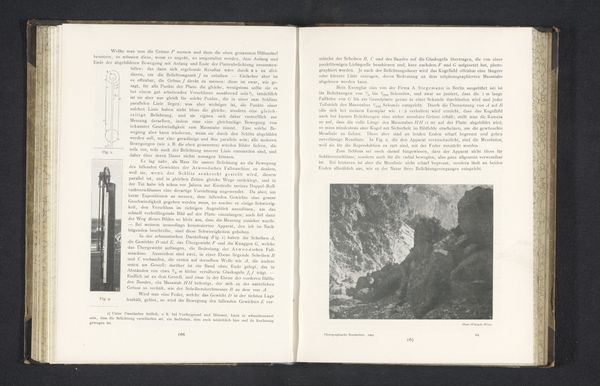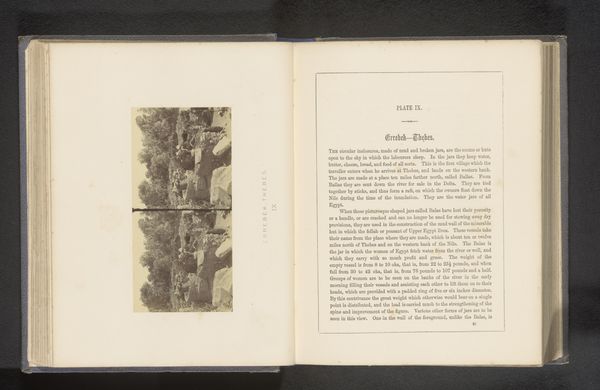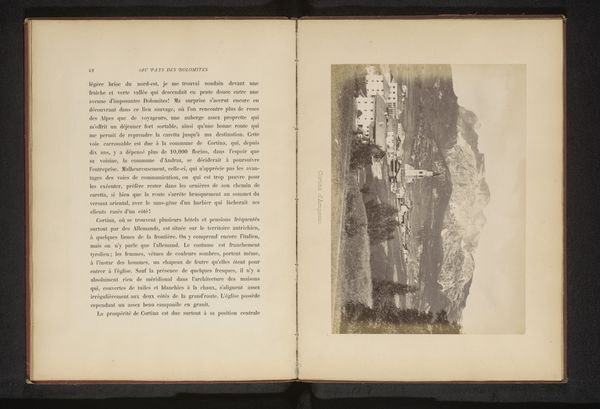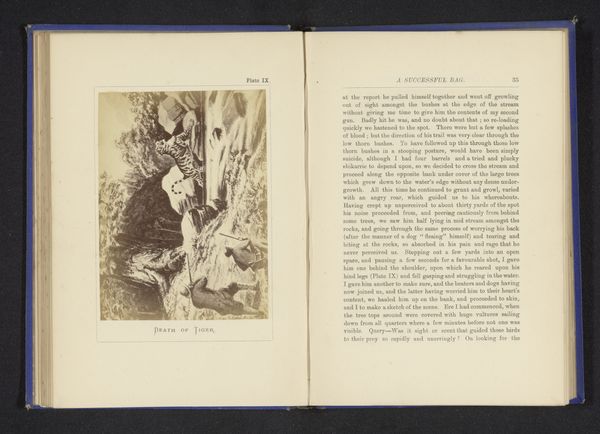
Fotoreproductie van een schilderij van Frederik Willem III van Pruisen en Louise van Pruisen met hun kinderen op het Pfaueninsel before 1883
0:00
0:00
Dimensions: height 234 mm, width 158 mm
Copyright: Rijks Museum: Open Domain
Curator: What a poignant family scene. We're looking at a photomechanical print created before 1883. The artwork is entitled "Fotoreproductie van een schilderij van Frederik Willem III van Pruisen en Louise van Pruisen met hun kinderen op het Pfaueninsel," a photographic reproduction of a painting portraying Frederick William III and Louise of Prussia with their children on Peacock Island. Editor: It certainly feels sentimental, a carefully constructed tableau. It gives off an air of staged domesticity, almost unnaturally idyllic for royalty. Curator: Considering it’s a reproduction, I'm immediately drawn to the labour involved in both the original painting and its subsequent reproduction as a print. Think of the craftsmanship, the printing technologies and the distribution networks necessary to bring this image to a wider audience. The material choices themselves denote a specific value proposition. Editor: Exactly! Think about the social implications of creating and disseminating images of the Prussian royal family. How did such artworks shape public perception of the monarchy? Was this designed to project a specific kind of image, one of dynastic continuity and familial harmony in a period ripe with revolution? I’m particularly struck by the absence of any obvious signifiers of power, which seems deliberate, perhaps an effort to convey approachability. Curator: The very choice of photography as a medium here adds another layer. A photograph ostensibly presents unvarnished reality, lending the romanticized scene a semblance of truth. How much cheaper to replicate paintings via early photographs on paper versus elaborate printing techniques used for higher-quality book plates and limited-edition folios. The labour would be less too. Editor: And think about how the artistic choices intersect with gender and power. Queen Louise, depicted as the maternal figure in the background, served as an immensely popular figurehead, later cultivated in wartime propaganda. Examining her role helps dismantle simple narratives of national identity through intersectional perspectives. Curator: This photographic reproduction democratized access to art previously enjoyed only by the elite. Its materiality allows it to be widely produced and disseminated. Editor: Absolutely. Looking at this family portrait reminds me that art is never created in a vacuum. Curator: Precisely, which gives us so much to contemplate. Editor: It truly does, and hopefully provokes further contemplation for our listeners.
Comments
No comments
Be the first to comment and join the conversation on the ultimate creative platform.
